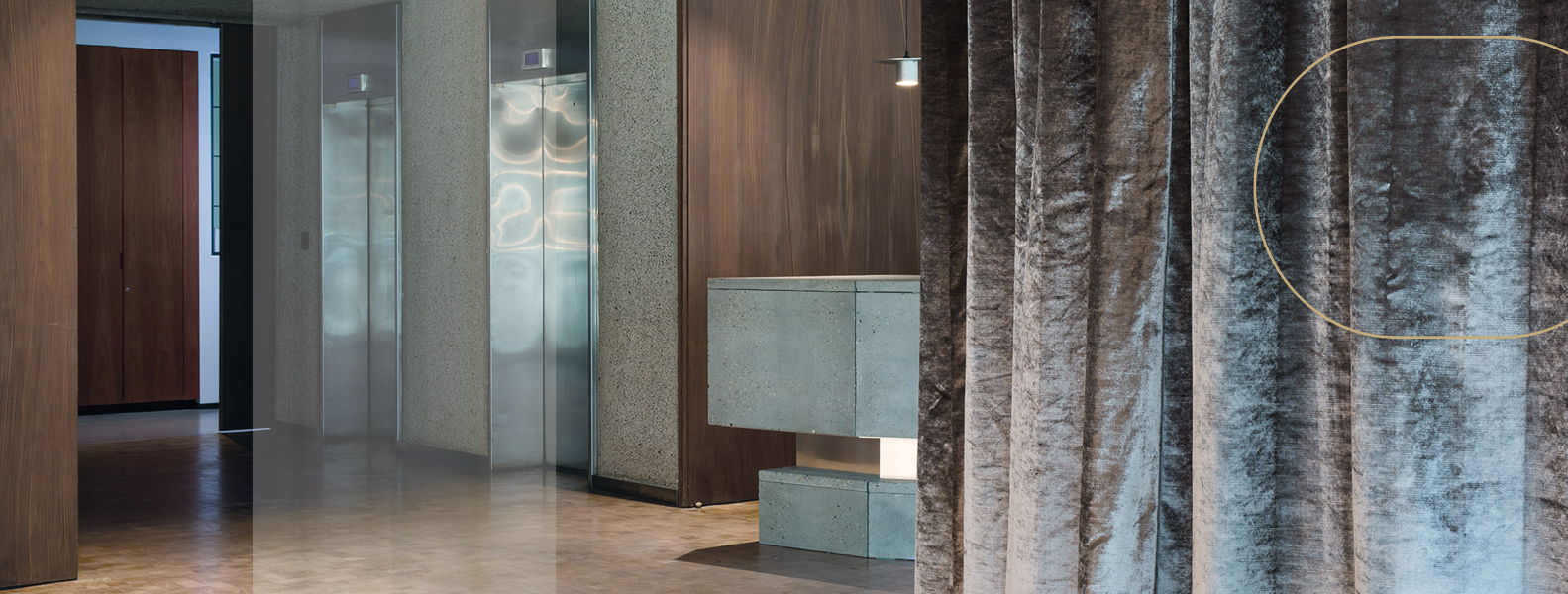Key hospitality design trends for 2020 you need to know - Part 1
29 October, 2019
There is a lot going on in the hotel industry. So much so that it’s sometimes hard to see what’s really happening in the industry as a whole.
What is the bigger picture for the hospitality industry in 2020? What are the main trends and themes to take note of in architecture and interior design of these spaces?

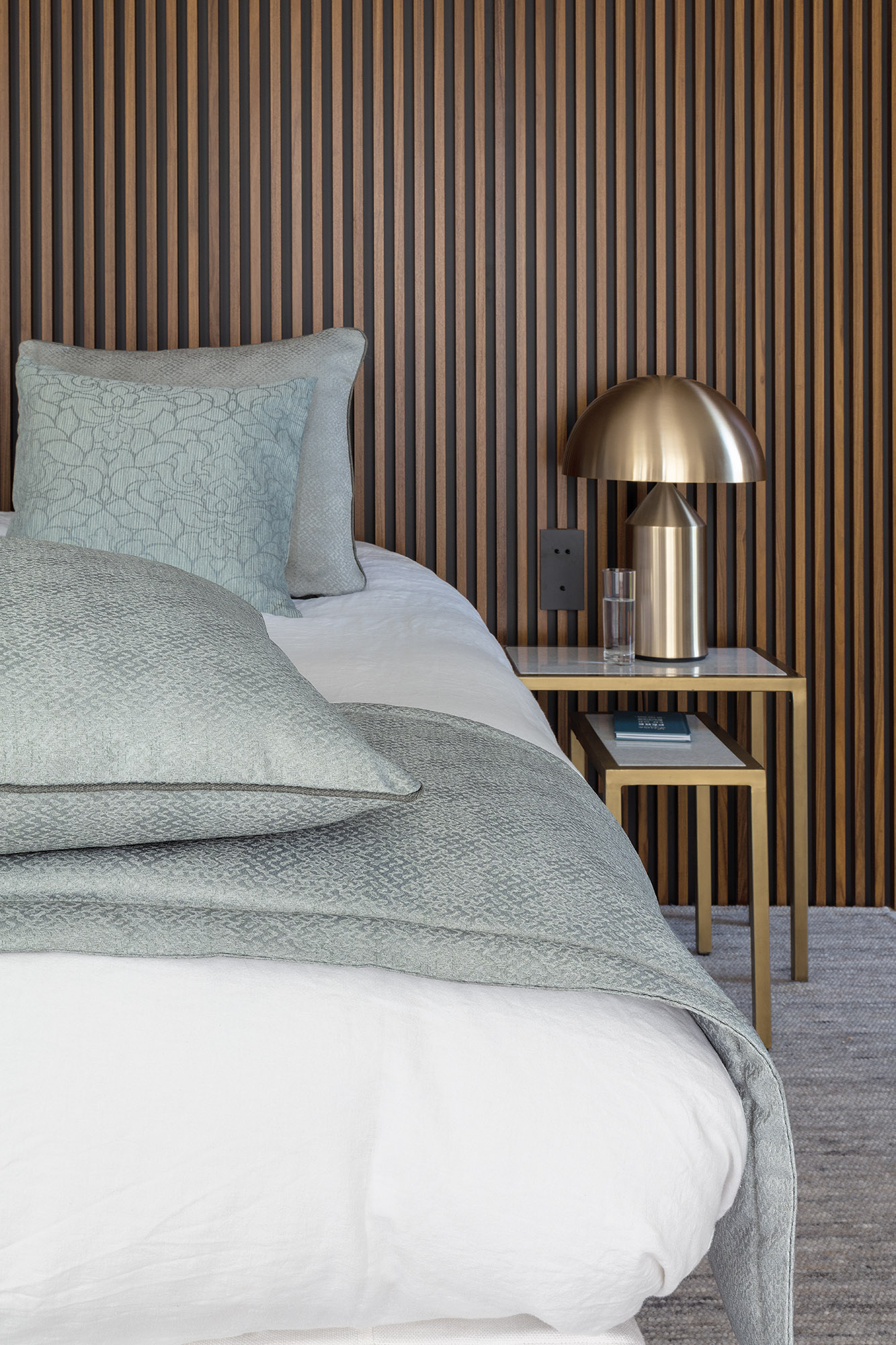
In this two-part deep dive into our discoveries, we are highlighting the key areas of focus for the hospitality industry in 2020, from architecture, interior design, technological integration and, of course, sustainability through design.
The three main trends that we’ve identified are:
1. Focus is shifting from purely aesthetics and/or function to the creation of a restorative interior environments.
2. The field of hotel architecture is looking hard at the sustainability and original source of its construction materials, and it adapting to changes in the ecosystem to create more resilient structures.
3. Public spaces in hotels are evolving, and specifically experiential design is on the rise.
Read on for more.
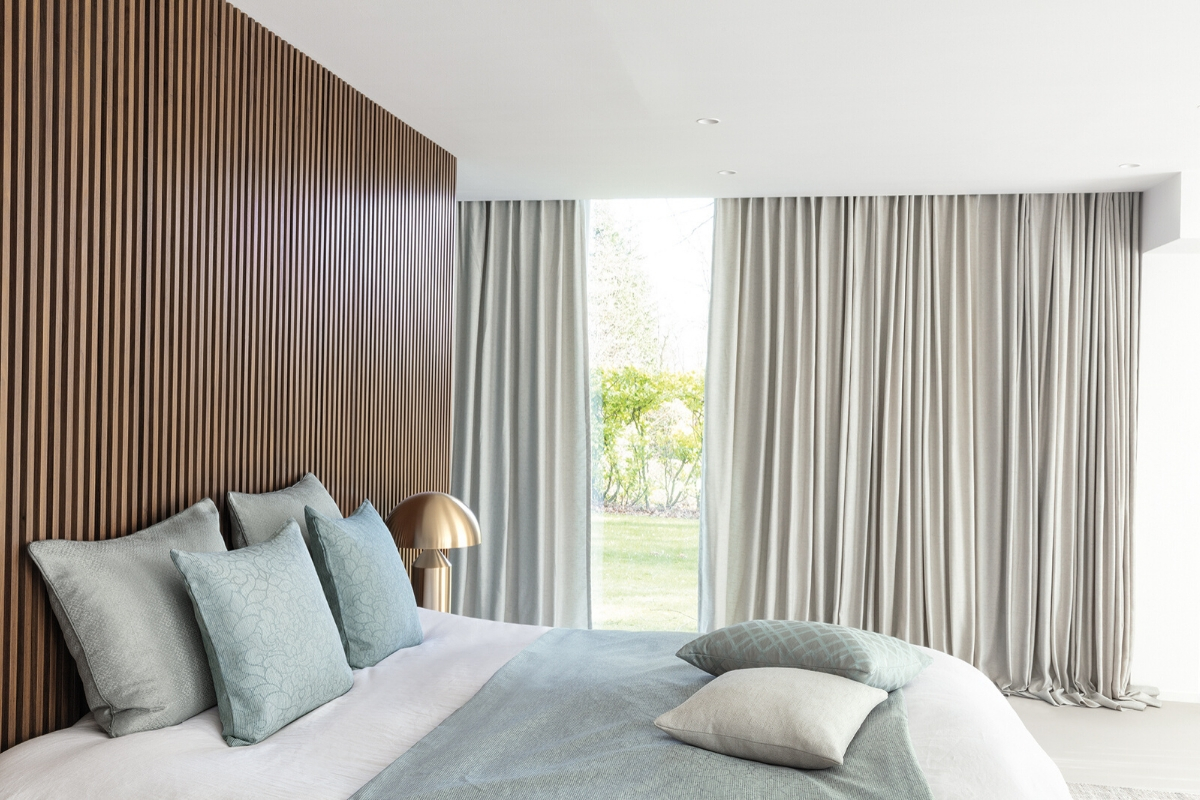
Trend 1: Restorative environments for you and the planet
Let's be honest: the time for the hospitality industry’s hesitation about "going green" is definitely over. It’s now a distinctly urgent fact, one that we’ll be seeing as a top priority for hotels in 2020. What is interesting is how this shift is tying in with the boom in wellness trends.
Thanks to this meeting of trends, hotels will continue to explore sustainable design choices in anything from architectural materials used to interior design assets. The desire to create ‘restorative environments’ is at an all-time high, and this is affecting hotel interiors in a number of ways.

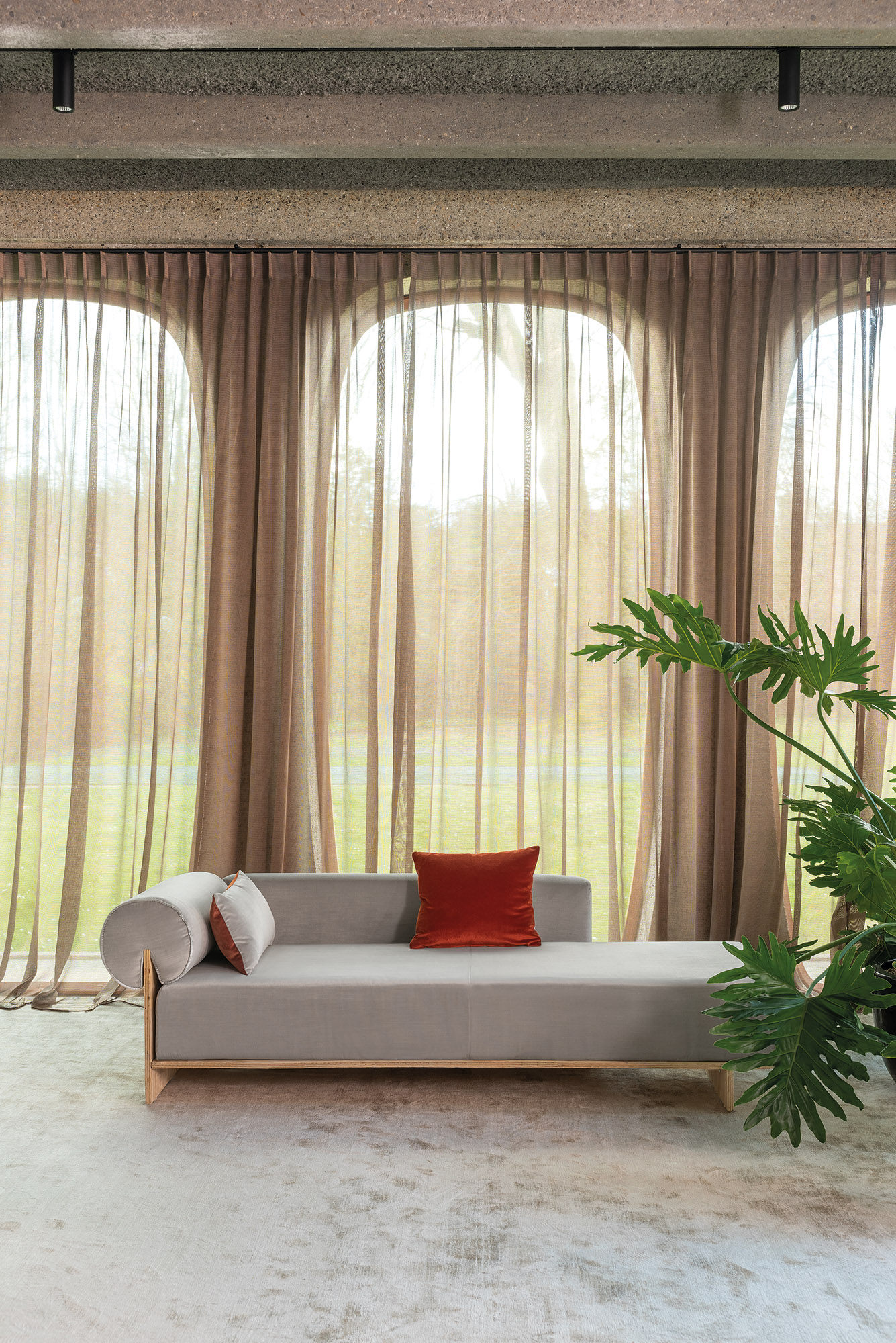
Key aspects hotel interiors are sharing with wellness spaces to consider are:
1. Colour schemes: the Pantone colour of this year was specifically chosen to highlight the environmental crisis, and colour predictions for 2020 are pointing towards the creation of serene, soothing spaces with earthy, grounded colour palettes.
2. Biophilic design: bringing the outside inside, and the creation of ‘living’ buildings and interior spaces.
3. Adjustable lighting tailored to mood (which is a reflection of the amplified need of hotel guests for ever more personalised environments and experiences). A study from the University of Toronto demonstrated the significance of light strength, showing that bright lights "intensify our initial emotional reaction to a stimulus" and that "its effects can be both positive and negative."
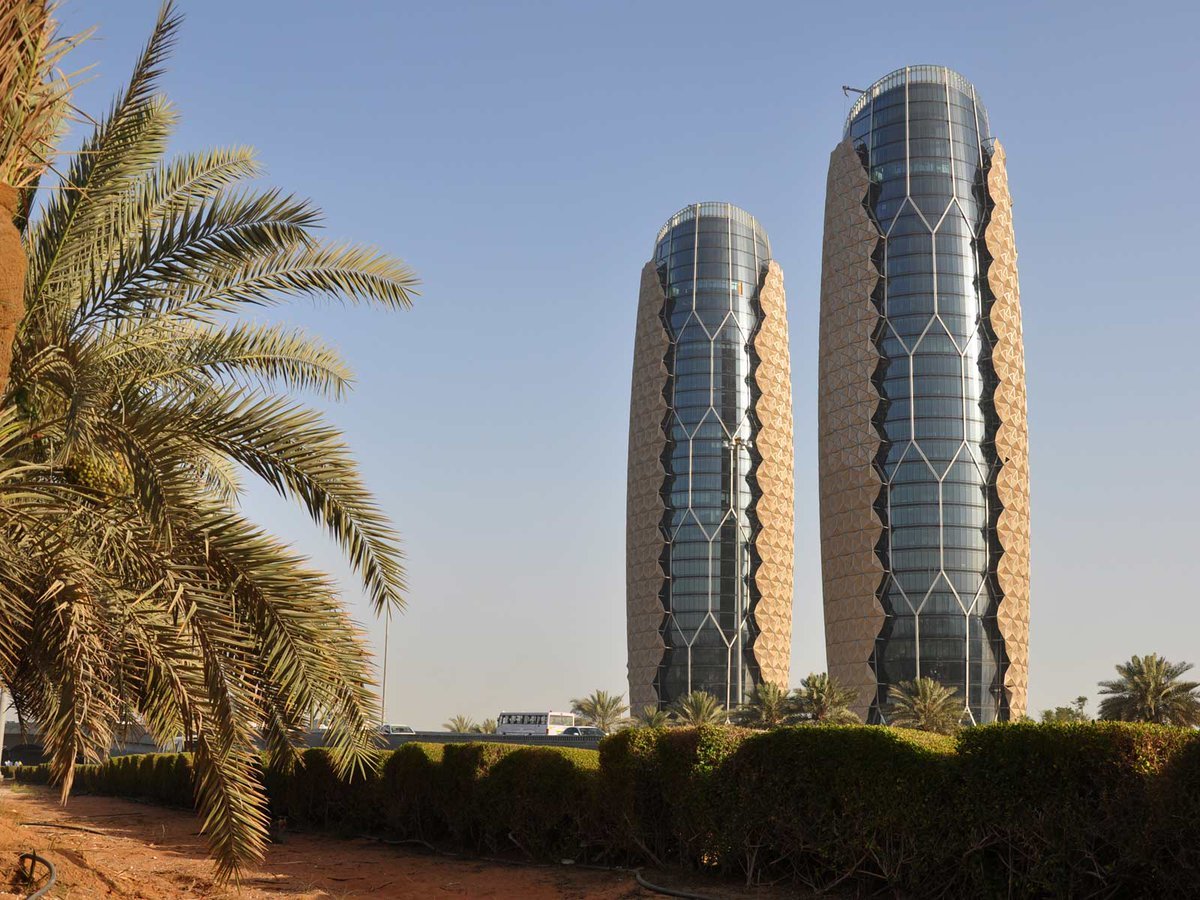
Image via Archdaily
Commercial architects are also finding new ways to repurpose traditional design, utilising different structure patterns to create more eco-friendly, adaptive buildings.
An early example of this is Al Bahar Towers in Abu Dahbi designed by Aedas Architects, the façade of which is composed of moveable elements that are semi-transparent PTFE (polytetrafluoroethylene) panels.
Get in touch with us at FR-One to chat about our commitment to environmentally-friendly practices and our OEKO-TEX® STANDARD 100 certification.
Purchasing patterns and the environmental impact of the entire value chain will affect hotel in 2020
This focus on eco-responsibility is also promoting the management of finances with a view to the long-term, bigger picture of environmental conservation.
This is playing out through the implementation of increasingly responsible purchasing and procurement strategies that affect the entire supply chain.



